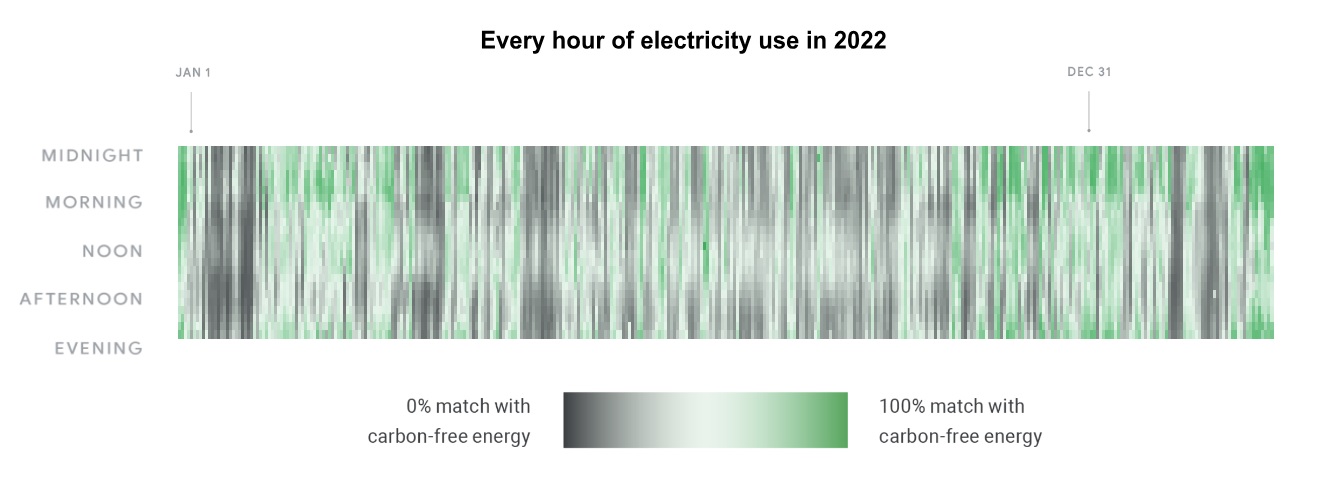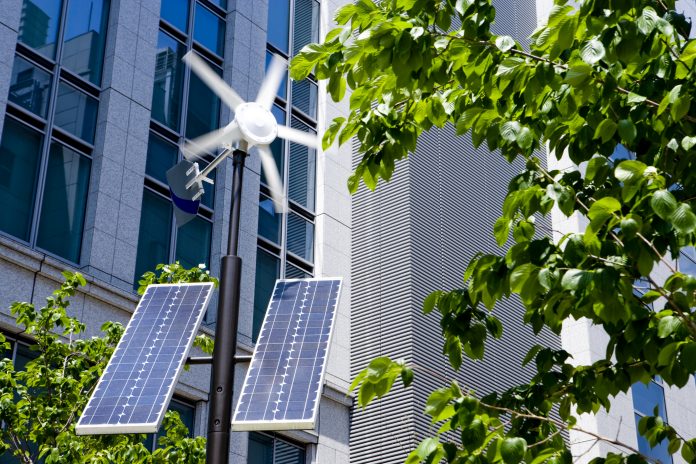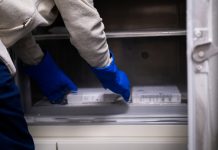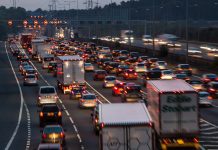Cities are responsible for the majority of global emissions. Molly Webb, the Founder and CEO of Energy Unlocked, explains why achieving net-zero cities is crucial for meeting global climate goals, what can carbon free energy do to help?
Cities are responsible for 70% of global energy-related carbon emissions. Net zero cities are critical to meeting global climate goals. Over half of this opportunity is to electrify everything and decarbonise the supply of electricity.
London has net zero ambitions for 2030
The Mayor of London’s ‘Accelerated Green’ pathway, launched in 2022, aims to make the city net zero by 2030. This ambitious initiative involves electrifying energy demands and deploying various technologies like electric vehicles (EVs), heat pumps and rooftop solar PV, to reduce carbon emissions significantly.
But net zero cities are at risk
What happens if cities like London, responsible for 15% of national energy demand, rapidly deploy millions of heat pumps and EVs at the local level? This can increase demand, create grid instability and have unintended consequences of using more fossil fuels to keep the system stable, putting the pathway to net zero at risk.
This is because renewable energy isn’t always available, and higher electricity demands from new electrified heat and transport demands will also fluctuate, creating imbalances between supply and demand.

A 24×7 Carbon Free Energy Approach part of the solution?
24×7 Carbon Free Energy is an approach for matching energy demand to carbon free energy.
To achieve 100% 24×7 CFE, every kilowatt-hour of electricity demand should be matched with a carbon-free electricity supply for every hour of the day, every day of the year.
Some energy needs to be on all the time or ‘on-demand’ such as lighting, but some are shiftable or deferrable, such as EV ‘smart’ charging, which could happen at scheduled hours to match solar or wind generation.
To understand if 24×7 CFE could help achieve London’s 2030 net-zero targets, Arup, Energy Unlocked and Quantenergy, funded by C40 Cities and Google, explored the potential for using this approach to meet London’s targets.
It modelled the impact of citywide “carbon flexing” on London’s 2030 24×7 CFE performance by projecting the deployment of demand-side flexibility technologies and modelling their operation to hourly grid carbon intensity across London’s buildings.
Technologies such as smart charging EVs, smart buildings, heat pumps and solar + battery storage were modelled.
Domestic electrified heating flexibility contributed the largest share of flexible demand. Together, these technologies act as an alternative to a fossil-fuelled power plant, balancing the grid.
How can we track progress to this potential?
A CFE score measures progress towards the goal of achieving 24×7 CFE. For the first time, this project assessed London’s 24×7 CFE score, providing a way to track progress toward further greening of London’s energy demand. As of 2022, nearly 44% of London’s building energy needs were matched on an hourly basis with carbon-free sources.
How do we make it happen?
The 24×7 Carbon Free Pilot will test the motivation of participants to use a ‘carbon signal’ every hour, contributing to London-wide flexibility, faster. Participants will optimise carbon usage by responding to day-ahead carbon signals, “turning up” or “turning down” to get maximum carbon savings.
The pilot targets shifting 100 MWh of carbon-aware demand in 2023-2024 and assessing the resulting carbon impact.
Why now?
It’s the perfect storm of technology readiness, public sector net zero commitments, and market pressure from companies and their customers. More flexibility brings more options for networks and consumers to electrify cheaper and faster on the path to net zero.
How can my organisation get involved?
There are three levels of participation:
- Aligned: Join the community and learn more about the initiative.
- Advocate: Share case studies.
- Active: Participants in the 24×7 Carbon Free London Pilot will be supported to design a pilot action plan and optimise their buildings’ carbon savings through ‘carbon signals’ and energy analysis.
Every hour of electricity use of London’s buildings in 2022 = CFE Score of 44%

What happens with the pilot results?
The 24×7 CFE pilot will feed insights to network operators and government to inform market design. The process will be captured as a Digital Carbon Standard for certifying hourly carbon methodologies.

Learn more and get involved:
24×7 CFE London Project Findings and Pilot Information: https://www.energyunlocked.org/247carbonflex/















